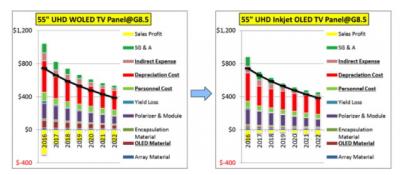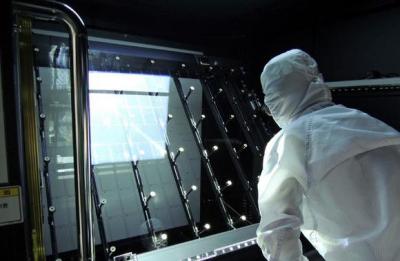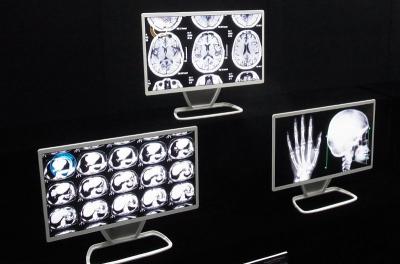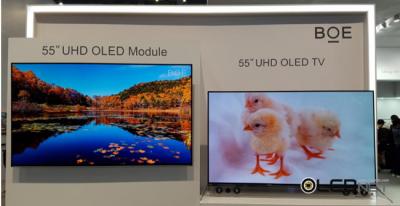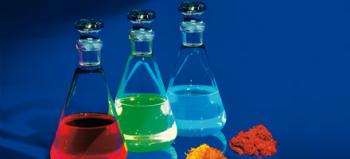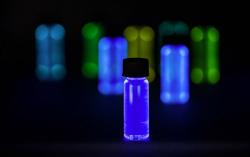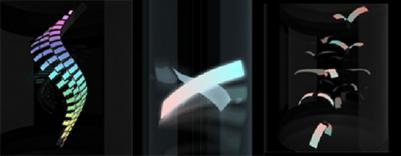The EU SOLEDLIGHT project developed solution-processed R2R OLEDs, reports interim results
The SOLEDLIGHT (Solution Processed OLEDs for Lighting) project was launched in 2015 by a European consortium with an aim to develop cost efficient, roll-to roll (R2R) solution processed OLEDs, including their integration in prototype multiple-panel OLED lighting systems and luminaires.
The SOLEDLIGHT consortium (which is coordinated by the University of Valencia and includes OSRAM and Solvay) reported that it managed to develop multi-layer R2R solution processed OLEDs that achieved a power efficiency of 20 lm/W. This is still not up to par with evaporation-based OLEDs, but the project partners aim to achieve 100 lm/W (and 15,000 hours) by the end of 2017.


